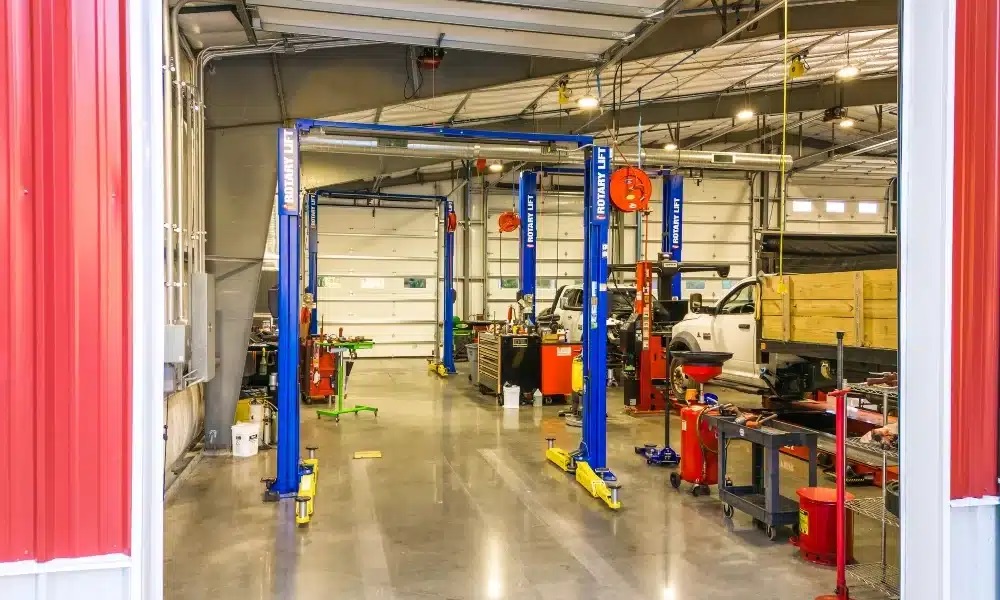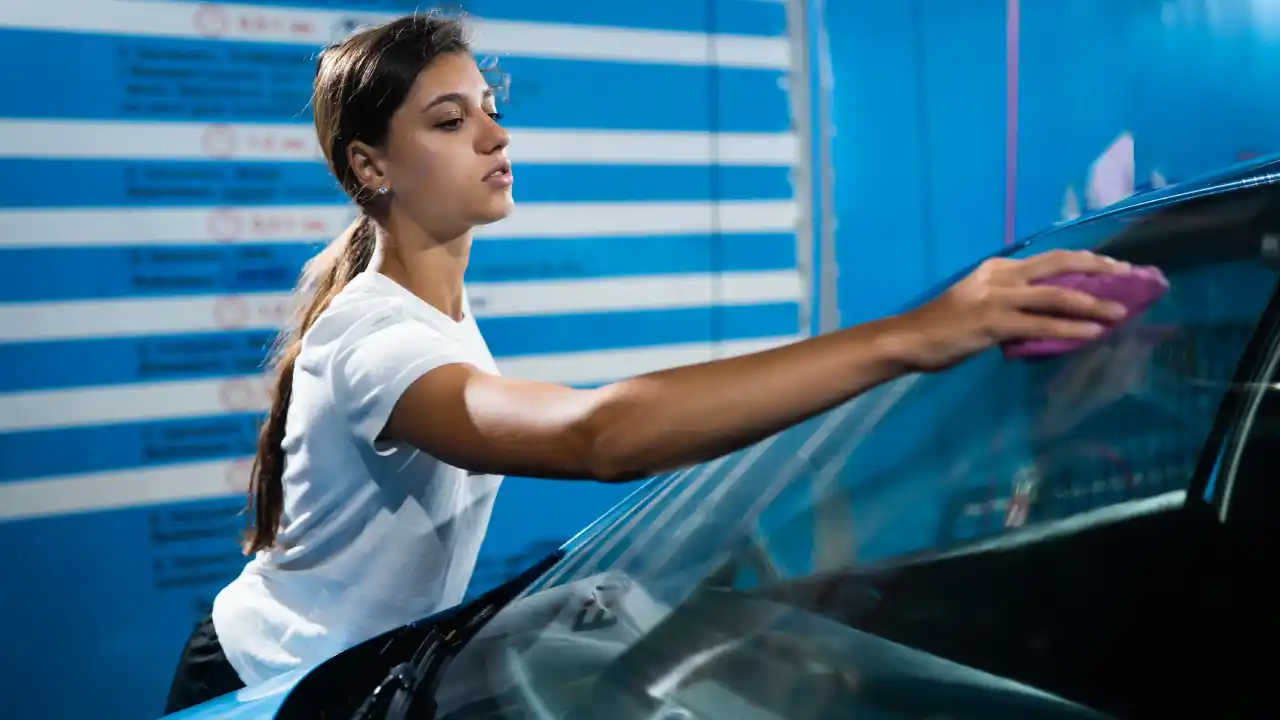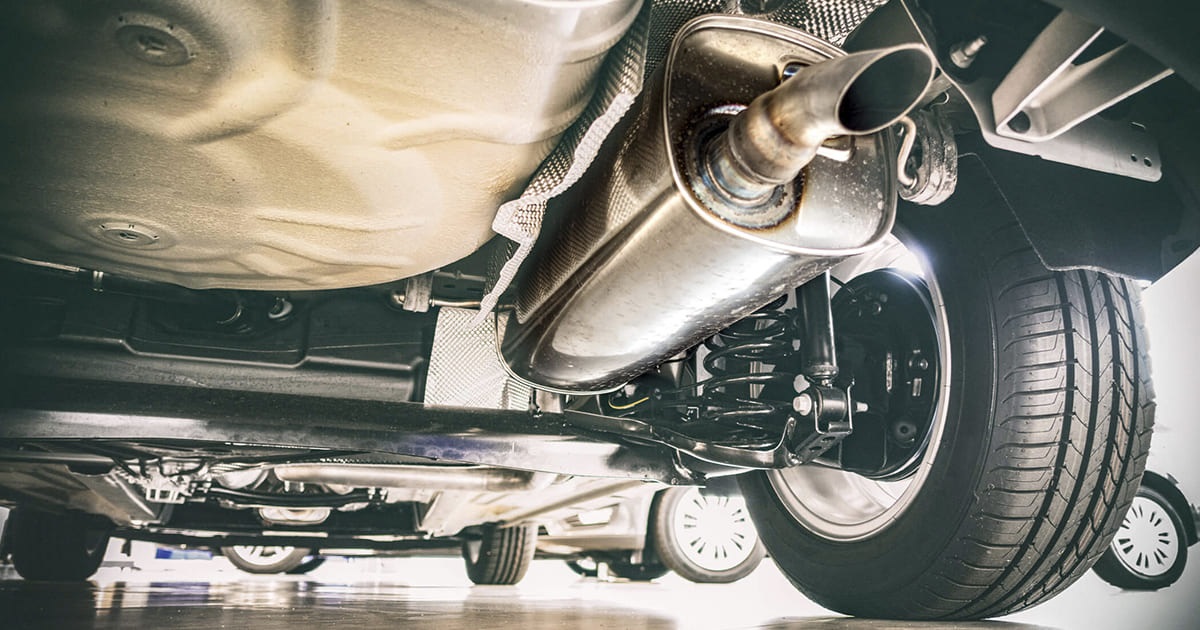When your car suffers minor dents and dings, traditional repair methods often involve sanding, filling, and repainting the affected area. However, Paintless Dent Repair (PDR) offers an efficient and cost-effective alternative. This specialized technique restores the original shape of body panels without disturbing the factory paint, making it a popular choice for minor damage. Understanding how PDR works and when it’s appropriate can help you make informed decisions about your vehicle’s care.
How Paintless Dent Repair Works
Paintless Dent Repair is a technique that involves reshaping the metal from behind the panel without affecting the exterior paint. Skilled technicians use a variety of specialized tools—such as metal rods and body picks—to access the backside of the dent through window openings, trim pieces, or inner panel access points. The technician then gently massages the metal back into its original form. The process requires a high level of precision and an understanding of metal elasticity, ensuring the dent is removed without cracking or lifting the paint.
Ideal Conditions for PDR
Not all dents are candidates for Paintless Dent Repair. PDR is best suited for small to medium-sized dents where the paint surface is intact. Common examples include door dings, hail damage, minor creases, and dents caused by parking lot mishaps. If the paint is chipped, cracked, or scratched, traditional repair methods may be required to address both the dent and the paint damage. Additionally, access to the backside of the panel is necessary for the PDR process to be effective.
Benefits of Paintless Dent Repair
One of the most significant advantages of PDR is the preservation of the factory finish. Because the technique doesn’t involve repainting or filler, the original paint remains untouched, which helps maintain the car’s resale value. PDR is also quicker than conventional repairs—often completed in just a few hours—and more affordable due to the lack of paint materials and less labor-intensive process. Furthermore, it’s environmentally friendly, eliminating the need for paint, solvents, and body filler.
Limitations and Challenges
While PDR is a versatile method, it does have limitations. Dents that are located on sharp body lines, involve significant depth, or are in areas with obstructed access may not be suitable for this technique. Additionally, aluminum panels are harder to manipulate than steel and may require more time and effort. Highly experienced technicians are essential, as poor technique can lead to over-stretched metal or visible waves on the panel surface. Hire the Auto Repair in Colorado Spings, CO based service for the best results there.
Conclusion
Paintless Dent Repair offers a smart, efficient solution for restoring minor damage to vehicle body panels. By preserving the original paint and eliminating the need for more invasive repairs, PDR provides high-quality results with less time and expense. Whether you’ve experienced a hailstorm or a door ding in a parking lot, consulting with a qualified technician can determine if PDR is the right choice to bring your vehicle’s body panels back to their flawless condition.




